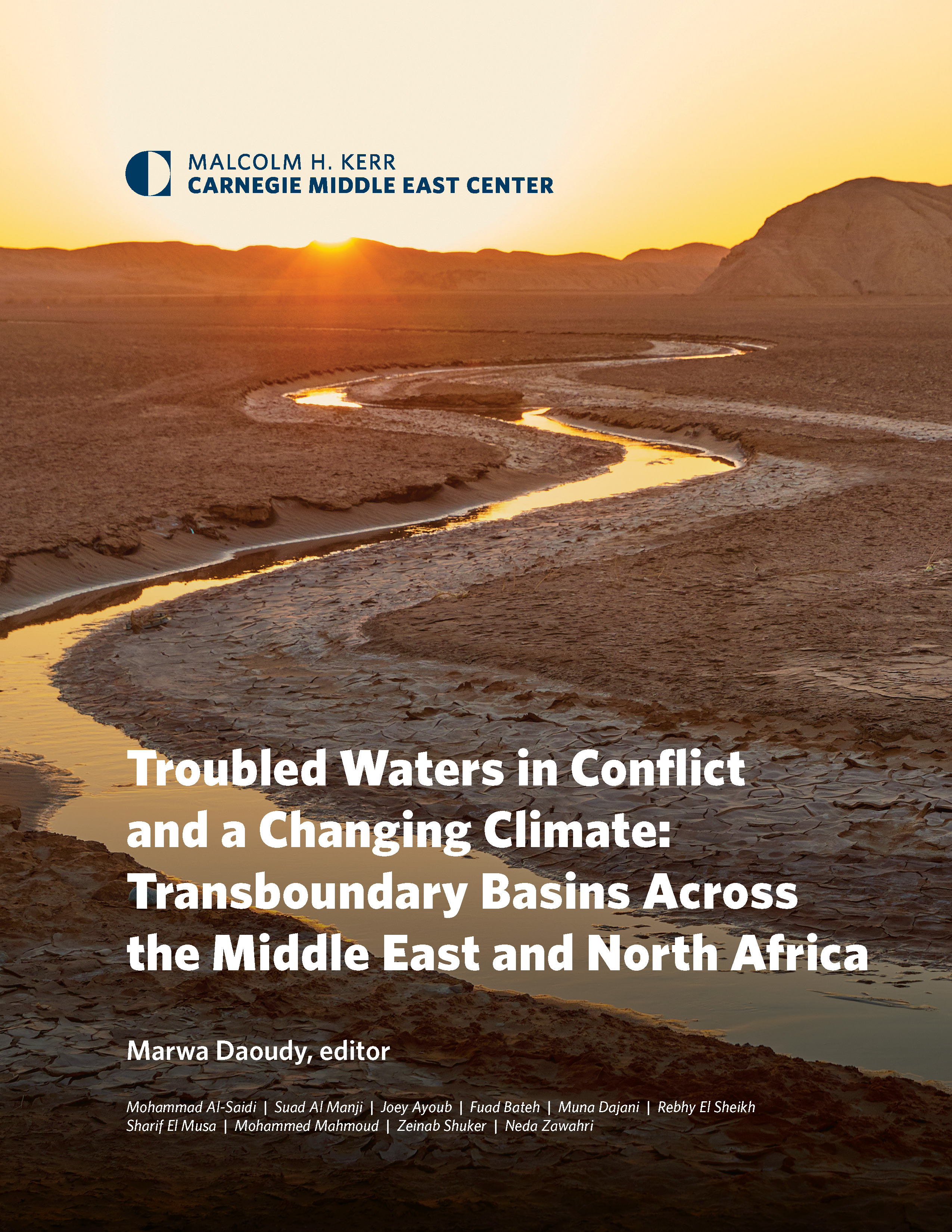Report on the Determinants of Crime in South Africa and Implications for Sustainable Development
Executive Summary
This report analyzes the determinants of crime in South Africa from 2017 to 2023, with a specific focus on their alignment with the United Nations Sustainable Development Goals (SDGs). Using interpretable machine learning (IML) and multiple linear regression (MLR), the study quantifies the significant impact of meteorological and socioeconomic factors on criminal activity. Key findings indicate that while total crime has decreased, violent crime is rising, driven substantially by climate-related factors such as temperature and precipitation. Socioeconomic conditions, particularly per capita income, are identified as primary drivers of homicide. The analysis extends to calculating the substantial social costs of crime, highlighting a significant portion attributable to climate change. These findings underscore the interconnectedness of public safety (SDG 16), climate action (SDG 13), economic growth (SDG 8), and sustainable cities (SDG 11), arguing that effective crime reduction strategies must be integrated with broader sustainable development policies.
Analysis of Crime Determinants in the Context of Sustainable Development Goals (SDGs)
SDG 16: Peace, Justice, and Strong Institutions – Understanding Crime Patterns
Achieving peaceful and inclusive societies requires addressing the high rates of violence and crime. This study’s findings directly inform SDG 16 by dissecting crime trends in South Africa.
- Overall Crime Trends (2017-2023): While total reported crimes showed a decrease of approximately 974.8 cases per quarter, this was primarily due to a reduction in property crimes.
- Violent Crime Escalation: In stark contrast, violent crimes demonstrated a significant upward trend, increasing by 694.8 cases per quarter. This highlights a growing threat to public safety and social stability.
- International Homicide (IH) Rate: South Africa’s IH rate was the highest globally in 2021, at 42 cases per 100,000 people, presenting a severe challenge to the rule of law and personal security.
- Geographic Concentration: Crime is disproportionately concentrated in Gauteng Province, which recorded the highest number of offenses, pointing to the need for targeted interventions in urban economic hubs.
SDG 13: Climate Action – The Environmental Impact on Public Safety
Climate change poses a direct threat to human systems, including social stability and safety. This report quantifies the link between meteorological conditions and crime, reinforcing the urgency of climate action for societal well-being.
- Contribution to Violent Crime: Meteorological factors were found to contribute to 64% of the variance in violent crime, compared to 44% for property crime, establishing a strong climate-crime nexus.
- Impact of Temperature and Precipitation: During warm seasons, a 1°C increase in air temperature was associated with a 0.41% rise in violent crime. Increased precipitation was linked to a 33% increase in violent crime and a 45% increase in property crime, likely due to social disruption from events like flooding.
- Air Pollution and Crime: An increase in PM2.5 pollution was linked to a 2.1% rise in violence-related crime, suggesting that environmental degradation has tangible impacts on human behavior and safety.
SDG 1, 8 & 10: No Poverty, Decent Work, and Reduced Inequalities – Socioeconomic Drivers
Economic stability and equity are foundational to reducing crime. The analysis identifies key socioeconomic factors that align with SDGs 1, 8, and 10.
- Per Capita Income: Interpretable machine learning models identified per capita income as the leading factor influencing international homicide rates. Lower income levels correlate with higher crime, emphasizing the role of economic development in fostering peace.
- Unemployment and Education: While unemployment presents complex effects, the study aligns with theories suggesting that lack of legal economic opportunities can motivate criminal behavior. Conversely, higher education levels, which increase the opportunity cost of crime, were found to be a mitigating factor.
- Urbanization and Inequality: Provinces with higher urbanization levels, such as Gauteng, experienced significantly more violent crime. This, coupled with South Africa’s high economic inequality, points to the need for inclusive growth and equitable resource distribution to ensure that development does not exacerbate social tensions.
SDG 3 & 11: Good Health, Well-being, and Sustainable Cities
Crime has profound impacts on public health and the sustainability of communities. This report’s findings are critical for advancing SDG 3 and SDG 11.
- The Social Cost of Homicide: The total social cost of international homicide in South Africa was estimated at USD 838.49 million in 2021. This metric, based on the Value of a Statistical Life Year (VSLY), quantifies the immense loss of well-being and economic potential.
- Climate-Induced Social Costs: Crucially, climate-induced factors were calculated to account for USD 503.09 million (60%) of this social cost, directly linking climate change to a tangible loss in public health and economic value.
- Urban Safety and Planning: The spatial analysis of crime, particularly the high concentration in urban centers like Gauteng and the cluster patterns observed in the comparative case of Chicago, demonstrates that creating safe, resilient, and sustainable cities requires data-driven policing and urban planning that accounts for both socioeconomic and environmental risk factors.
Methodological Approach and Comparative Analysis
Quantitative Modeling and Data
The study employed a robust analytical framework to ensure the reliability of its findings.
- Modeling Techniques: Multiple Linear Regression (MLR) was used to separate meteorological and anthropogenic contributions to crime. Advanced Interpretable Machine Learning (IML) models, specifically XGBoost-SHAP, were applied to quantify the complex, non-linear relationships between various drivers and homicide rates.
- Data Sources: The analysis integrated diverse datasets, including quarterly crime statistics from the South Africa Police Service (SAPS), meteorological data, and national socioeconomic indicators (GDP, unemployment, PM2.5 levels) from sources like the World Bank.
Validation with International and Sub-national Cases
The generalizability of the core findings was tested through comparative analysis.
- Mexico and Chicago: Data from Mexico and Chicago, despite different economic and climatic contexts, validated the significant influence of meteorological factors on homicide rates (67% in Mexico, 65% in Chicago). The Chicago case also revealed strong spatial clustering of crime and a significant “holiday effect,” offering transferable insights for policing strategies.
- Provincial Heterogeneity: Within South Africa, significant variations were observed. Provinces at higher altitudes experienced less violent crime, while the highly urbanized Gauteng province saw substantially more, confirming that local geographic and demographic contexts mediate the impact of broader drivers.
Conclusion and Policy Recommendations for Sustainable Development
The evidence strongly indicates that crime in South Africa is not an isolated issue but is deeply intertwined with climate change, environmental quality, and socioeconomic inequality. Addressing crime effectively is therefore inseparable from the broader 2030 Agenda for Sustainable Development. A holistic policy approach is required.
- Integrate Climate and Justice Policies: Crime reduction strategies (SDG 16) must incorporate climate change adaptation and mitigation measures (SDG 13). This includes preparing for increased social disruption from extreme weather events and investing in green infrastructure.
- Promote Inclusive Economic Growth: Tackling the root economic causes of crime through policies that reduce poverty (SDG 1), promote decent work (SDG 8), and lessen inequality (SDG 10) is paramount.
- Enhance Urban Sustainability and Safety: Urban planning (SDG 11) should prioritize the development of safe, resilient, and inclusive communities, using data to target crime hotspots and addressing the unique pressures of urbanization.
- Invest in Environmental Health: Reducing air pollution (e.g., PM2.5) offers a dual benefit for public health (SDG 3) and public safety, demonstrating the value of cross-sectoral investments.
Analysis of Sustainable Development Goals in the Article
1. Which SDGs are addressed or connected to the issues highlighted in the article?
The article on crime in South Africa connects to several Sustainable Development Goals (SDGs) by exploring the complex interplay between violence, socioeconomic conditions, and environmental factors. The following SDGs are addressed:
- SDG 16: Peace, Justice and Strong Institutions: This is the most central SDG, as the article’s primary focus is on analyzing crime, particularly violent crime and homicide, and its determinants. The goal of reducing violence and creating safe societies is at the core of the discussion.
- SDG 11: Sustainable Cities and Communities: The article explicitly links public safety to the concept of sustainable cities. It analyzes urban crime patterns, the impact of urbanization on crime rates, and the effect of urban air pollution (PM2.5) on criminal activity, all of which are key components of making cities safe, resilient, and sustainable.
- SDG 13: Climate Action: A significant portion of the analysis is dedicated to quantifying the impact of meteorological factors and climate change on crime. The article highlights how rising temperatures and extreme precipitation events contribute to social unrest and increase violent crime rates, directly linking climate action to social stability.
- SDG 3: Good Health and Well-being: The article touches upon this goal in several ways. It identifies violence and crime as a leading cause of death in South Africa, discusses the health impacts of air pollution (PM2.5), and mentions the link between mental health disorders and criminality. The calculation of the social cost of homicide using the Value of a Statistical Life Year (VSLY) also relates to valuing life and well-being.
- SDG 10: Reduced Inequalities: The article repeatedly emphasizes that socioeconomic factors, especially income inequality, are primary determinants of crime. It specifically mentions the Gini coefficient as a “potent predictor of violent crime” in South Africa, a country known for high economic inequality.
- SDG 8: Decent Work and Economic Growth: The analysis identifies unemployment and per capita income as crucial factors influencing crime rates. It discusses how poverty and lack of economic opportunities can motivate criminal behavior, linking sustainable economic growth and employment to crime reduction.
- SDG 1: No Poverty: The article notes that poverty is a crucial driver of crime, suggesting that efforts to eradicate poverty are interlinked with creating safer societies.
- SDG 4: Quality Education: The role of education in crime prevention is mentioned. The article states that “Education may lower crime rates by increasing wage rates, thereby increasing the opportunity cost of crime,” connecting educational attainment to social and economic stability.
2. What specific targets under those SDGs can be identified based on the article’s content?
Based on the issues discussed, several specific SDG targets can be identified:
-
Target 16.1: Significantly reduce all forms of violence and related death rates everywhere.
The article directly addresses this target by quantifying trends in violent crime, analyzing the drivers of international homicide (IH), and measuring the IH rate per 100,000 people. The entire study is framed around understanding and ultimately reducing these forms of violence. -
Target 11.6: By 2030, reduce the adverse per capita environmental impact of cities, including by paying special attention to air quality.
The analysis of PM2.5 pollution as a driver of crime in urban areas like Chicago and its relevance to South Africa directly relates to this target. The article finds that “PM2.5 pollution leads to a 2.1% increase in violent-related crime” in South Africa. -
Target 13.1: Strengthen resilience and adaptive capacity to climate-related hazards and natural disasters in all countries.
The article demonstrates how climate-related hazards like higher temperatures and extreme precipitation increase crime and social unrest. It finds that “air temperature and precipitation may increase violent crime by 0.41%… and 33%… in the warm season,” highlighting a lack of societal resilience to these climate impacts. -
Target 3.9: By 2030, substantially reduce the number of deaths and illnesses from hazardous chemicals and air, water and soil pollution and contamination.
This is relevant through the study’s examination of PM2.5 (air pollution) and its link to increased crime, which contributes to social costs and negative well-being outcomes. -
Target 3.4: By 2030, reduce by one third premature mortality from non-communicable diseases through prevention and treatment and promote mental health and well-being.
The article identifies violence as a “second leading driver of death in South Africa” and notes that “some of the latest studies link crime to mental health disorders,” connecting crime reduction to the goals of reducing premature mortality and promoting mental health. -
Target 10.1: By 2030, progressively achieve and sustain income growth of the bottom 40 per cent of the population at a rate higher than the national average.
While not measuring income growth directly, the article’s emphasis on income inequality (Gini coefficient) and per capita income as primary drivers of crime aligns with the principle of this target. Reducing inequality is presented as a key strategy for crime reduction. -
Target 8.5: By 2030, achieve full and productive employment and decent work for all women and men, including for young people and persons with disabilities, and equal pay for work of equal value.
The article’s analysis of the unemployment rate as a significant factor in crime directly corresponds to this target. It discusses how unemployment affects the motivation and opportunity for criminal acts.
3. Are there any indicators mentioned or implied in the article that can be used to measure progress towards the identified targets?
Yes, the article explicitly uses and mentions numerous quantitative indicators that align with the official SDG indicators or serve as effective proxies for measuring progress.
-
Indicators for SDG 16 (Violence and Justice):
- Intentional homicide rate: The article uses the “yearly IH per 100,000 people” as a key metric, which is a direct measure for SDG indicator 16.1.1. It states South Africa’s rate was 42 cases per 100,000 in 2021.
- Crime rates: The study analyzes “quarterly crime statistics” from the South Africa Police Service (SAPS), breaking them down into “violent crimes,” “property-related crimes,” and “violent-related crimes.” These serve as indicators of public safety and the prevalence of violence.
- Social cost of crime: The calculation of the “social cost of IH,” which reached “USD 838.49 million” for South Africa, is an indicator of the economic and social impact of violence.
-
Indicators for SDG 11 & 3 (Environment and Health):
- Air pollution levels: The article uses “Yearly PM2.5 emissions (μg/m3)” as a direct indicator of air quality (relevant to SDG indicators 11.6.2 and 3.9.1).
-
Indicators for SDG 13 (Climate):
- Meteorological data: The study uses “air temperature (°C)” and “precipitation (mm)” to quantify the impact of climate patterns on crime, serving as indicators of climate-related hazards.
-
Indicators for SDG 8 & 10 (Economy and Inequality):
- Per capita income/GDP: The article uses “quarterly per capita GDP (rands)” and states that it “plays a leading role in IH.” This is a proxy for SDG indicator 8.1.1.
- Unemployment rate: The “unemployment rate (%)” is used as a key anthropogenic driver of crime, aligning with SDG indicator 8.5.2.
- Income inequality: The “Gini coefficient” is mentioned as a “potent predictor of violent crime,” which is a direct measure of inequality (relevant to SDG 10).
-
Indicators for SDG 3 & 4 (Well-being and Education):
- Life expectancy: “Life expectancy at birth (year)” is used in the VSLY calculation, reflecting overall population health (SDG indicator 3.4.1).
- Education level: The article includes “education level” as a factor in its models, implying its role in measuring human capital and its impact on crime.
4. Table of SDGs, Targets, and Indicators
| SDGs | Targets | Indicators Identified in the Article |
|---|---|---|
| SDG 16: Peace, Justice and Strong Institutions | 16.1: Significantly reduce all forms of violence and related death rates everywhere. |
|
| SDG 11: Sustainable Cities and Communities | 11.6: Reduce the adverse per capita environmental impact of cities, including by paying special attention to air quality. |
|
| SDG 13: Climate Action | 13.1: Strengthen resilience and adaptive capacity to climate-related hazards and natural disasters. |
|
| SDG 3: Good Health and Well-being | 3.4: Reduce premature mortality… and promote mental health and well-being. 3.9: Substantially reduce deaths and illnesses from… air pollution. |
|
| SDG 10: Reduced Inequalities | 10.1: Sustain income growth of the bottom 40 per cent of the population. |
|
| SDG 8: Decent Work and Economic Growth | 8.5: Achieve full and productive employment and decent work for all. |
|
| SDG 1: No Poverty | 1.1: Eradicate extreme poverty for all people everywhere. |
|
| SDG 4: Quality Education | 4.4: Increase the number of adults with relevant skills for employment. |
|
Source: nature.com







